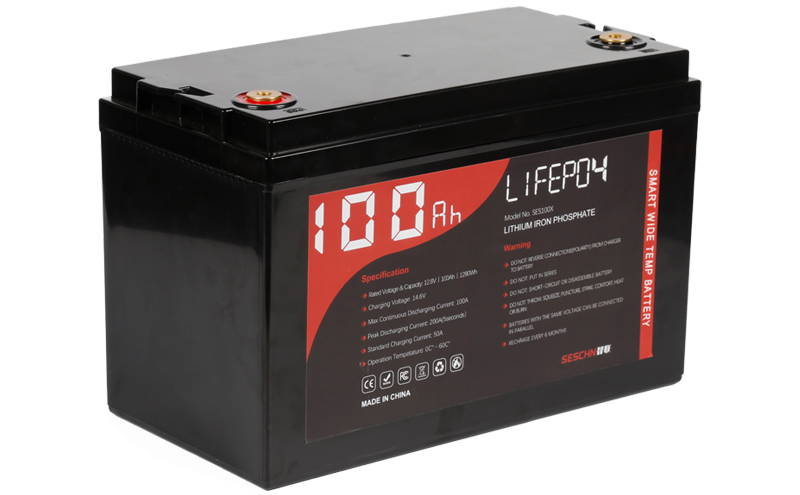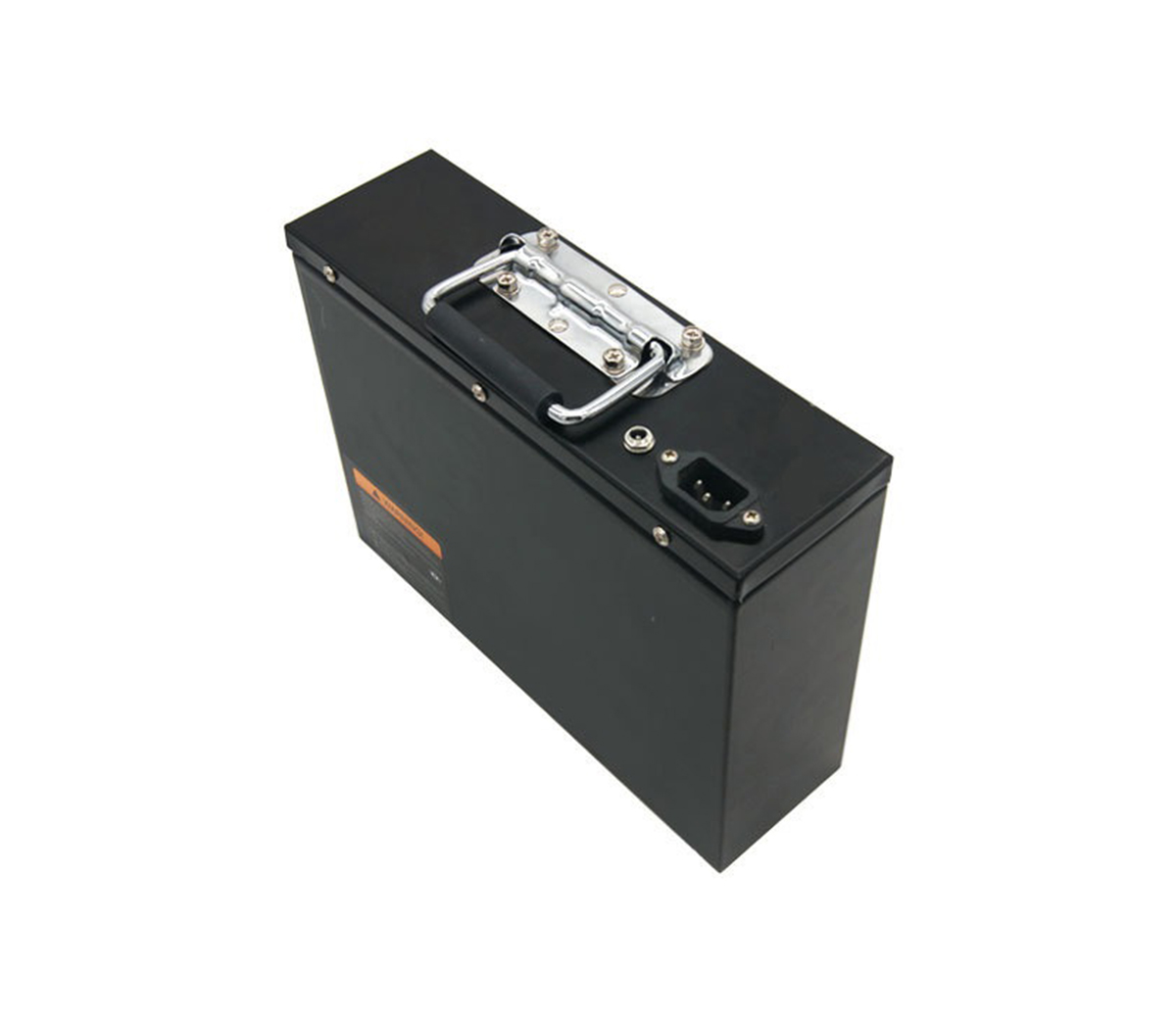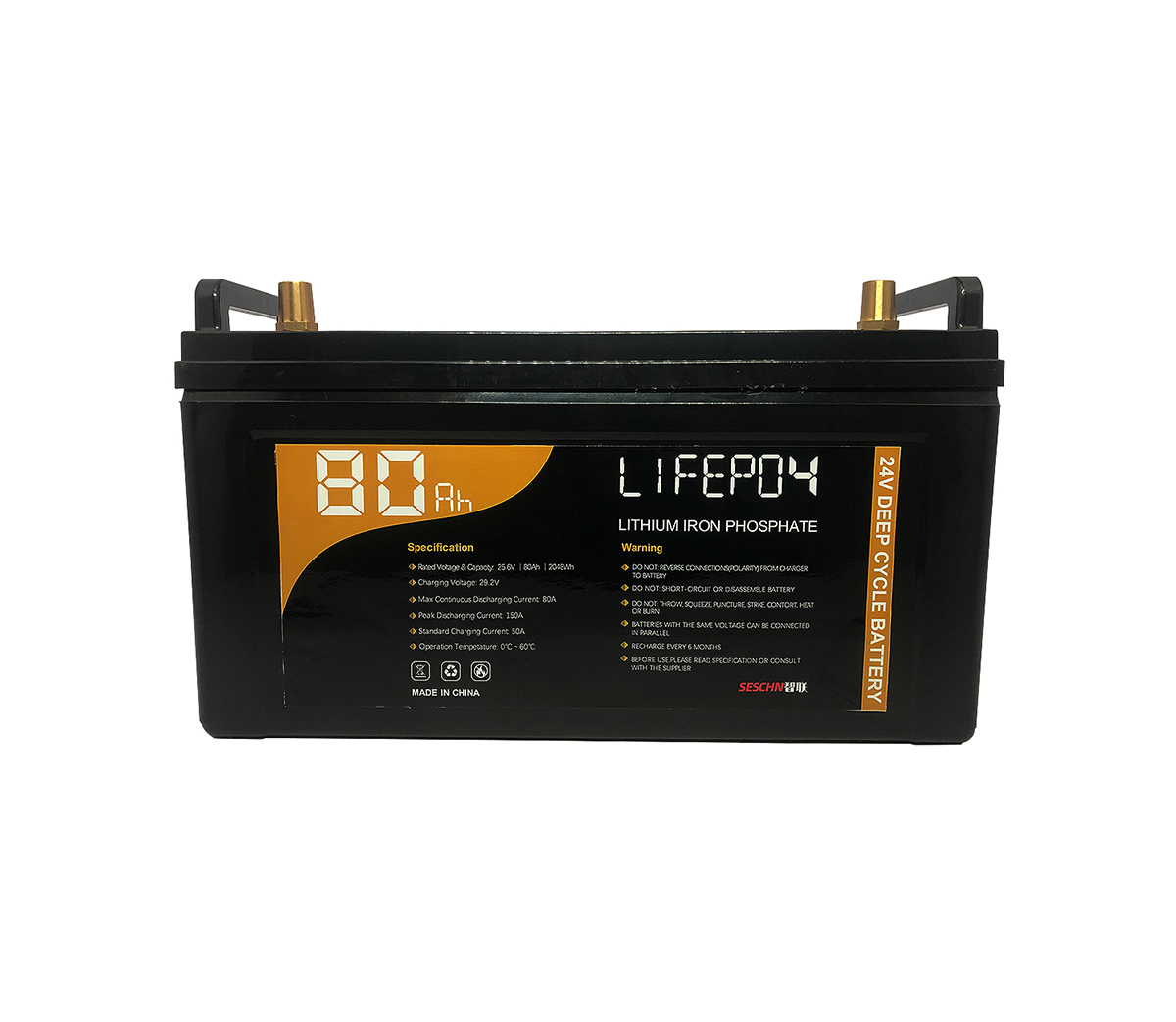
This paper studies the various electrochemical properties of the
soft-packaged lithium-ion battery and the differences between it and the
stainless steel-cased lithium-ion battery to verify the possibility of
industrialization of the soft-packaged lithium-ion battery.
Lithium-ion batteries are undoubtedly a new generation of batteries with a
high technological content and a wide range of applications. It has high volume
ratio energy and mass ratio energy, rechargeable and pollution-free, and
possesses the three major advantages of the current battery industry
development. It is called "the most promising chemical power source".
Stainless steel shell lithium ion battery, polymer lithium ion battery and
soft package lithium ion battery three different technologies are compared as
listed in Table 1. This paper studies the various electrochemical properties of
the soft-packaged lithium-ion battery and the differences between it and the
stainless steel-cased lithium-ion battery to verify the possibility of
industrialization of the soft-packaged lithium-ion battery.
Research on the performance of soft-packaged lithium-ion battery
1, experiment
The positive electrode material used in the experimental battery is lithium
cobalt oxide, and the negative electrode material is artificial spherical
graphite. LiPF/EC/DEC/DMC is the electrolyte, in which LiPF is a conductive
salt, and EC (ethylene carbonate)/DEC (diethyl carbonate)/DMC (dimethyl
carbonate) is a composite solvent. The outer packaging of the battery is a
composite aluminum plastic film, and its structure is five layers of PET
(polyester) / glue / Al / glue / PP (polypropylene). The battery tab sealing
glue is a modified polyolefin material.
The battery manufacturing process includes batching, mixing, coating,
rolling, slitting, spot welding, winding, sealing, forming, degassing, and
volume division. A lithium-ion battery with a stainless steel case was
fabricated at the same time under similar process conditions. The size of the
soft-packaged lithium-ion battery and the stainless steel-cased lithium-ion
battery are both 48mm&TImes;30mm&TImes;4.1mm. The nominal capacity of
the two batteries is 500mA·h.
In the experiment, the pre-charging method was used to form the protective
film of the negative electrode material. A part of the gas will be generated
during the formation of the protective film, and then the generated gas will be
removed by vacuum. In this way, the problem of battery gas swelling caused by
the formation method is eliminated.
2. Results and discussion
2.1 Rate discharge performance
The reason is as follows: the outermost layer of the battery after the
inner winding of the soft-packaged lithium-ion battery is the positive pole
piece, and the outermost layer of the battery after the inner-winding of the
stainless steel shell battery is the negative electrode. The amount of cathode
material coating is more, and the discharge capacity of lithium-ion batteries is
determined by the anode, so the capacity of soft-packaged batteries is
relatively higher than that of stainless steel batteries. The internal cells of
the battery adopt different structures, which are related to the materials used
in the outer casing. The soft packaging lithium-ion battery shell is made of
aluminum-plastic packaging film with an Al foil isolation layer as the middle
layer. If it is in contact with the inner winding cell with the outermost layer
as the negative pole piece, it will be at a very low potential (about 0 when
fully charged. 05mVVS.Li) may cause the dissolution of the Al foil isolation
layer of the flexible packaging, causing the battery to fail. If the stainless
steel shell battery uses an internally wound cell with the outermost positive
pole piece, there is a problem of welding between the tabs (usually Al strips)
on the positive pole piece and the stainless steel shell, so the outermost layer
is usually the negative pole piece. The inner winding cell. From the structural
point of view, the soft-packaged lithium-ion battery has a competitive advantage
over the stainless steel-cased lithium-ion battery in terms of capacity.
2.2 High and low temperature performance
It can be seen from the figure that the discharge capacity of the
soft-packaged lithium-ion battery at a high temperature of 45cc and a low
temperature of -10°C has reached 102.8% and 87.8% of the battery capacity at a
normal temperature of 25°C. The battery has good high and low temperature
performance. The high and low temperature performance of the lithium-ion battery
with stainless steel casing, its discharge capacity at a high temperature of 45
℃ and a low temperature of -10 ℃ reach 103.2% and 93.4% of the battery capacity
at a normal temperature of 25 ℃. It can be seen from the figure that the
discharge capacity retention rate of the soft-packaged lithium-ion battery at
low temperatures is close to the capacity retention rate of the stainless
steel-cased lithium-ion battery at low temperatures.
2.3 Cycle stability
Figure 3 is a comparison diagram of the cycle performance of two
lithium-ion batteries. Wherein is the number of cycles, c is the battery
capacity, and the battery charge-discharge cycle system is 1CmA charging to
4.2V, and constant voltage charging at this voltage for 2h and then standing
still 10rain, then 1CmA discharge to 3.0V. After 300 cycles of the battery, the
discharge capacity of the soft-packaged lithium-ion battery was maintained at
about 90.6% of the initial capacity, while the discharge capacity of the
stainless steel-case lithium-ion battery was maintained at 91.3% of the initial
capacity. It can be seen from the figure that the lithium-ion battery made with
the aluminum-plastic composite film packaging shell instead of the conventional
metal shell is good in terms of cycle stability. The structure and material of
the aluminum-plastic composite film and the performance of the tab sealant can
completely isolate the interaction between the battery interior and the external
environment. The aluminum-plastic composite film can complete a good sealing
function similar to that of a metal casing.
The testing of other properties of soft-packaged lithium-ion batteries,
such as storage performance, self-discharge performance and various safety
performances, has been completed. The product basically meets the test
requirements of the national standard "General Specification for Lithium-ion
Batteries for Cellular Phones GB/T18287-2000). Flexible packaging lithium-ion
products are currently being tested by the market, and are mainly used in MP3,
wireless earphones, car DVDs and other applications.
3. Conclusion
Research on the electrochemical performance of soft-packaged lithium-ion
batteries, such as rate discharge capacity, high and low temperature discharge
capacity, and battery cycle stability, shows that the soft-packaged lithium-ion
batteries have very high application value. It is not only different from the
general metal shell lithium ion battery, but also different from the polymer
lithium ion battery. It is a new type of lithium ion battery. This kind of
battery has the advantages of high weight ratio energy, good shape plasticity
and simple production process. Mass production. There are currently two common
lithium-ion battery technologies: liquid lithium-ion batteries with metal shells
and polymer lithium-ion batteries. The shell of liquid lithium-ion battery is
generally steel shell or aluminum shell, and its plasticity is not as good as
polymer lithium-ion battery. However, the manufacturing process of polymer
lithium-ion batteries is complicated, especially the low yield, which greatly
restricts the industrialization of this battery.



































